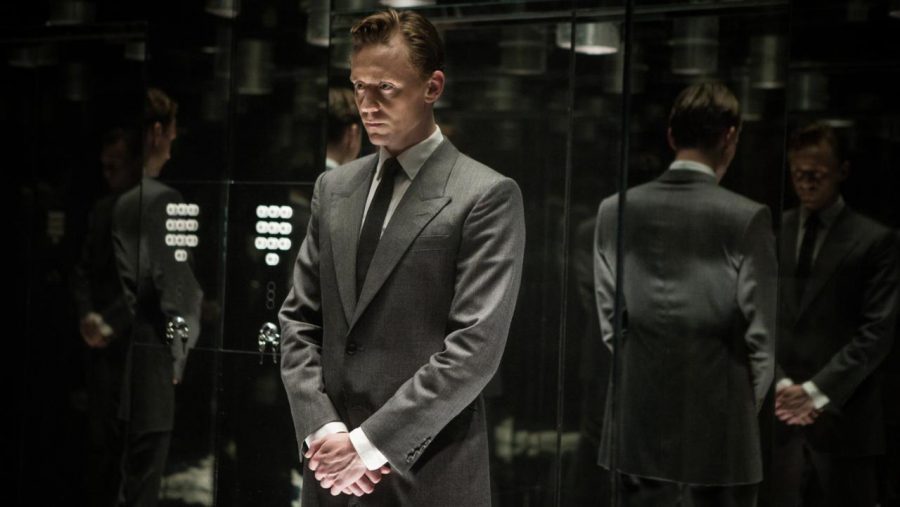High-Rise is a film of detritus and decay. Director Ben Wheatley is as interested in the effects his characters have on their surroundings as on the characters themselves. There are innumerable close-ups of discarded cigarette-ends, vertiginous mountains of trash bags, and rotting food. When human bodies are inevitably added to the effluvia on the floor the camera lingers over them with the same dispassionate air.
Adapted by Amy Jump from J.G Ballard’s celebrated microcosmic dystopia, Wheatley feels like an ideal stylistic fit with Ballard’s cynical worldview, and retains the 1970s setting of the novel. He instinctively gets Ballard’s theme of humanity’s interaction with man-made structures and technology. Throughout the film the concrete pillars of the building burst into the living spaces of its residents like fractured bones through skin, and the author’s fetishistic fascination with cars is nodded to in various shots of the crammed car park.
Moving into the building, a phallic vanity project of the architect Royal (Jeremy Irons), Tom Hiddleston plays Laing, a psychiatrist who acts as a chameleonic intermediary between the various floors – from the have-nots occupying the bottom levels, through to Royal in his Edenic penthouse. Ostensibly the voice of sanity, he nevertheless acts as something of a catalyst for the descent into anarchy; albeit a hugely visually impressive anarchy that recalls such revolutionary events as the 1450 Kent Revolt (Luke Evans‘ embittered class warrior Wilder cuts a deranged Jack Cade figure), the French Revolution, and even the Pictish revolt against Roman occupation when Laing ends up spattered in blue paint.
Interestingly, the inhabitants of the upper echelons embrace the breakdown in the social order with as much gusto as the drudges at the bottom, and Royal’s penthouse ends up resembling some orgiastic bacchanal as everyone plumbs their feral depths.
Although there is no lightening of Ballard’s surreally bleak pessimism, there are some incredibly dark laughs to be had amongst all the carnage. James Purefoy as a deranged toff, resplendent in a blue tracksuit, who allows his psychotic side full autonomy, steals every scene he is in; and Louis Suc has some great comic moments as Toby, a young boy in bottle specs who can be found viewing the proceedings like a myopic, silent and baffled Greek chorus.
There are many who will be turned off by Wheatley and Jump’s coldly cruel take on Ballard’s vision, though few could deny that the retro-futuristic self-contained world they have conjured is a marvel. Technically, it’s a huge step forward for Wheatley and Jump after the assured, yet low-budget delights of his first four films. They’ve never been short of ambition – the shudderingly violent occult hitman horror Kill List, and psychedelic civil war drama A Field in England are testament to their confident straddling of genre and narrative – yet this feels like a filmmaker getting into his stride with the tools, and the cast, that his talent deserves. He’s even managed to coax Portishead out of exile for an eerie take on ABBA‘s S.O.S, which works as a malevolent highlight.


great review. tom is very talented and i can’t wait to watch this next week.
Thank you very much. I agree, Hiddleston is one of the most interesting actors right now; certainly one of the few who seems to straddle the mainstream and the more arty projects with equal comfort.